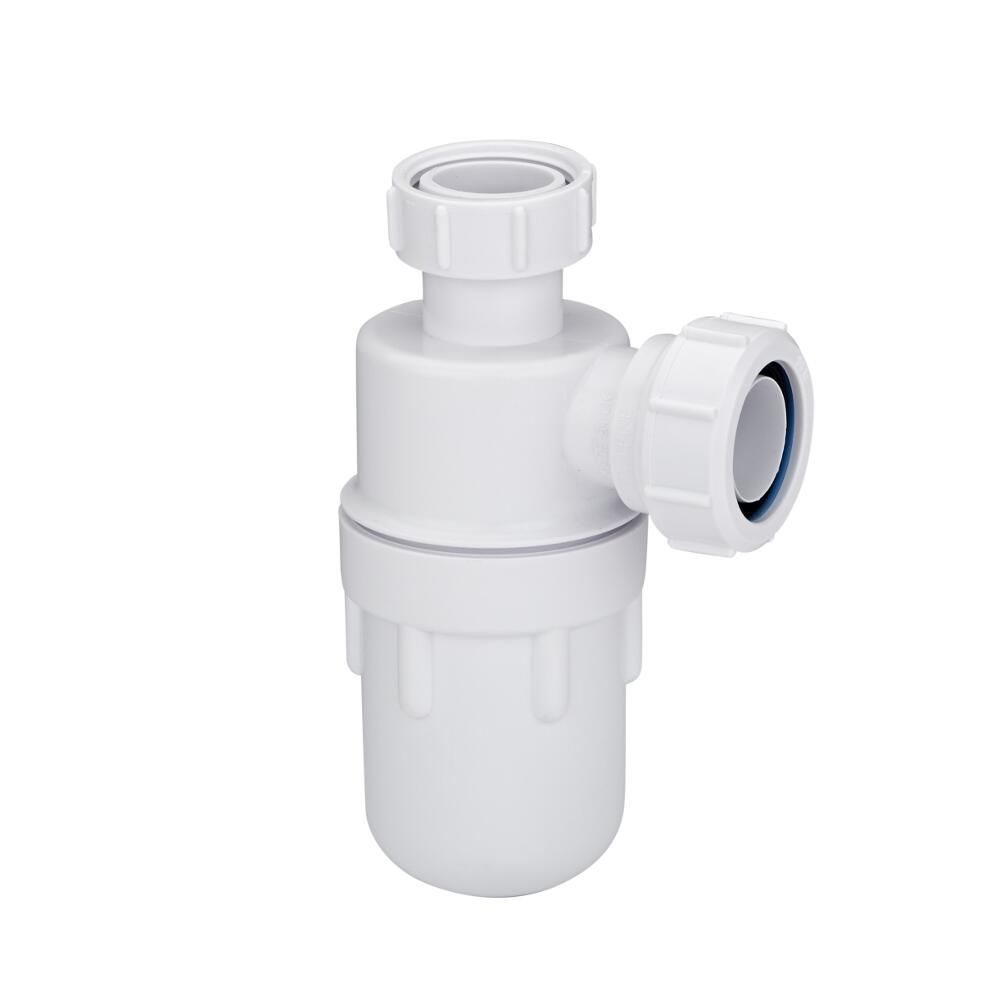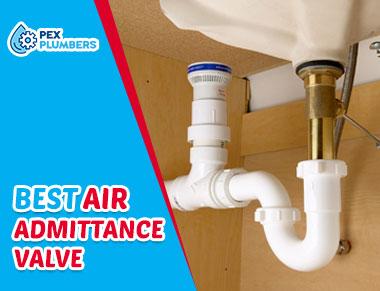

AAVs should not be confused with check vents, which are cheap devices that aren’t approved for use outside of manufactured homes. Studor vents completely dominated the market for AAVs for a long time, but today there are several competitors to choose from. Note: these devices are frequently called Studor vents, named after the original inventors of these devices, Sture and Doris. The diagram below, provided by Oatey, shows how air admittance valves can take the place of vents. To prevent air from pulling through a trap and pushing water out, a plumbing vent provides an easier, alternative path for air to enter the system.Īn AAV can take the place of a traditional plumbing vent at individual fixtures because it allows air into the drain without allowing sewer gas to enter the building. When water leaves through a drain, it has to be replaced by air. Air admittance valves replace plumbing ventsĪs mentioned in last week’s blog post, plumbing vents allow air into drains to replace water.

If you’re reading this and you know the exact details, please leave a comment.Īt any rate, they’re not legal here in Minnesota. If my memory serves me correctly, there was some confusion about this back in 2004 (?), and there was a loophole in the plumbing code which may have made them legal for a month or two, but that didn’t last long. Our old home-grown plumbing code used to specifically prohibit the use of air admittance valves (AAVs), but the new plumbing code that was adopted in 2016 is silent on the matter, which means the same thing. Oh, and they’re not legal here in Minnesota.
AIR ADMITTANCE VALVE REVIEWS 2017 INSTALL
They’re inexpensive, they work, they can reduce the number of plumbing vent penetrations at the roof, they won’t get blocked by frost, they’re listed and approved by several listing agencies, and they cost way less to install than a plumbing vent. Air admittance valves are mechanical devices that take the place of plumbing vents.


 0 kommentar(er)
0 kommentar(er)
